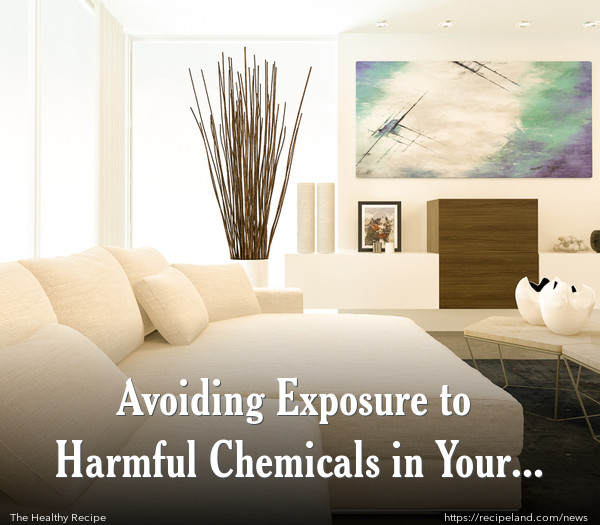Many research studies have shown the chemicals that are added to any flame retardant object can be harmful to our health.
These chemicals are actually a type of dust, that, once applied to an object, will slowly release into the air—then we breathe in the chemicals, they get on our food, they absorb into our skin, and basically find any way they can to get inside our bodies. While this sounds pretty sci-fi, it is true.
There are definite benefits to flame retardant chemicals, you don’t want things to burst into flames. But, you should be aware of your exposure and make an effort to minimize it. Flame retardants are used to minimize the likelihood of highly flammable synthetic materials catching fire and spreading quickly.
Should we be less afraid of fire and more afraid of the measures used to prevent it? With so many environmental chemicals constantly assaulting our systems, keeping track of exposures and possible effects is important.
The CDC (Centers for Disease Control) does track the use of several chemicals that are known to be harmful, including brominated flame retardant compounds (BFRs), including tetrabromobisphenol A (TBBPA) as well as tetrabromodiphenyl ether (BDE-47). While safe levels are not known when it comes to exposure to these particular flame retardants, the CDC does track the usage in hopes of more clearly identifying exposures and effects.
There have been studies conducted that show no actual “safe” levels of exposure to these chemicals. A recent study conducted by the National Institute of Environmental Health showed that when BFRs enter the body, they can wreak havoc with estrogen levels, in particular. The endocrine system can be affected by this supposed surge in estrogen.
Linda Birnbaum, Ph.D., explains, “These BFRs compete with binding to the same proteins that estrogen has to bind to in order to control the levels [of estrogen] in our bodies. When this happens, it inhibits an enzyme that metabolizes estrogen, resulting in too-high levels of estrogen in the body.”
There is certainly some concern when the levels become too high, as other systems, including the thyroid, can be affected. Aggressive uterine tumours have also been found in animals exposed to TBBPA.
Certain flame retardant chemicals are no longer being produced in the United States, such as BDE-47, but they break down very slowly in the environment, and can last for many years. Though this particular chemical is no longer being produced, it is not safe to assume that its replacements are any less hazardous to our health and may in fact be just as toxic.
It is important to remember that just because a chemical has been banned, it may not be entirely removed from our environment. For example, the flame retardant chemicals found on furniture may be around for a long time, since most people do not regularly replace their furniture. Off-gassing, and release of the chemicals, will continue for as long as you have the furniture.
Furniture is not the only source of troublesome flame retardant and hazardous chemicals. Electronic equipment, especially computers, televisions and smart phones, all emit off-gassed chemicals that can be harmful to our health.
Even more alarming, the chemicals may actually be found in our diets, too. When the chemicals are released from the furniture, clothing, or electronic equipment, they can settle in our foods, on our cooking appliances and surfaces, and can get into our bodies this way.
Completely avoiding exposure to BFRs is nearly impossible. Because manufacturers are not required to disclose when they use them, it is often hard to tell how much we are being exposed. Those who have less carpet and cloth furniture in their homes may have less exposure to BFRs in general. Avoiding synthetic clothing can also help lessen the exposure.
It is important to be aware of the potentially harmful chemicals in our homes, and to do what we can to reduce our exposure.
SOURCES: https://www.prevention.com/health/healthy-living/flame-retardants-mess-your-hormones'; https://www.ewg.org/research/healthy-home-tips/tip-4-avoid-fire-retardants; Image courtesy of photostock / FreeDigitalPhotos.net










Comments